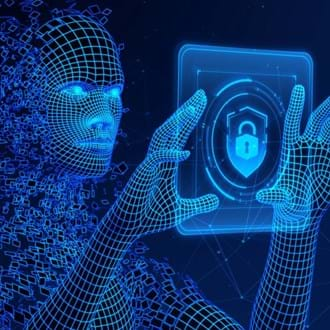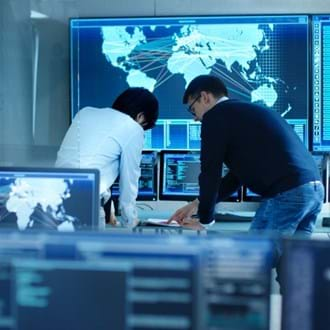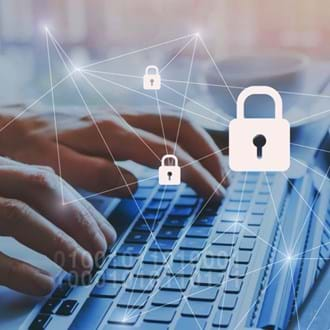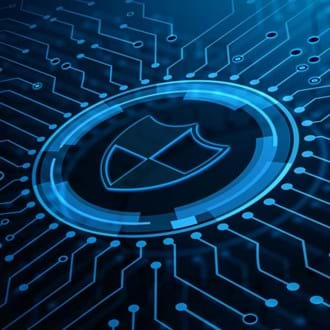Digitalisation, including cybersecurity
Cybersecurity fact files
Digital technologies are transforming chemical engineering, allowing chemical and process engineers to improve operational efficiency, reduce environmental impact and collaborate across the globe in ways that have never been possible. However, these new opportunities also bring new risks with cyber attacks being acknowledged as one of the biggest threats to businesses. Cybersecurity is needed to avoid such risks as major safety incidents, reputational damage, loss of business data and financial cost.
Why should cybersecurity matter to chemical engineers?
It has long been assumed that digital security is a concern solely for the IT department, but connections between IT and operational technology systems, control systems being a key example, makes it vital for chemical engineers to become cyber aware. Given that the process industries have safety and environmentally-critical systems that must be protected to prevent major incidents, digital security should be an omnipresent element of a chemical engineer’s job.
The difference chemical engineers can make
Chemical engineers have process engineering expertise and understanding of how a cybersecurity incident could impact on a chemical plant. They are therefore ideally placed to support IT departments in strengthening processes and planning responses in order to improve organisations’ resilience and minimise the risk of a cybersecurity incident.
Cybersecurity fact file series
IChemE’s Digitalisation Technical Advisory Group (DigiTAG) has produced a series of fact files on a range of topics to raise awareness of the cybersecurity risks associated with digitalisation technologies, and provide a practical explanation of some ways that chemical, biochemical and process engineers can help to manage this ongoing risk. Please scroll down to access the fact files.
For more information on cybersecurity and other digitalisation topics related to chemical engineering, view the digitalisation priority topic web area or contact us to get involved in future projects.

Cloud computing and cloud collaboration
Working securely in the cloud.

Remote access to IT and operating technology (OT) systems
Enabling remote monitoring control and support while protecting your digitally accessible assets.

Cybersecurity incident response planning
Mitigating the impact of cybersecurity incidents.

Data protection strategies and ‘defence in depth’
Building layers of protection, levelled networks and obscurity to prevent unauthorised access.

Maintaining operational cybersecurity
Protecting your assets and systems.

Cybersecurity education
Keeping up with cybersecurity threats, risks and mitigation strategies.

Cybersecurity standards
Ensuring quality and compliance of cybersecurity systems.

Glossary of cybersecurity terms